The Accuphase P-600 Power Amplifier is one B-I-G mother of an amplifier. Come with me as I complete a post-purchase inspection and setup on this one.
Anyway, I’m not complaining, I LOVE working on equipment like this, even if it is heavy and the work slow. The Accuphase P-600 was, as far as I recall, Accuphase’s best class-A/B stereo power amplifier back around the early ’80s. There were class-A amps which were more expensive and the ridiculous M-100 monophonic power amps, but as far as stereo class-A/B amps go, this was king of their hill.
Features
The P-600 produces 300 watts per channel into 8 ohms and much more into lower impedances. It weighs in at 38.5kg and this one even has the optional and gorgeous persimmon wood side panels. It’s superbly well-built, typical of Accuphase. The P-600 also has some useful features like digital power output meters, stepped attenuators and lots of protection.
Accuphase P-600 Specifications
Courtesy Audio Database.com
| Type | Stereo power amplifier |
| Continuous average power (20 Hz to 20 kHz Strain rate 0.02%) | Stereo specification Normal Load Imp. Operation:700W/ch (2 Ω) 500W/ch (4 Ω) 300W/ch (8 Ω) 150W/ch (16 Ω)Low Load Imp. Operation:450W/ch (1 Ω) 300W/ch (2 Ω)Monaural specification Normal Load Imp. Operation:1400W (4 Ω) 1000W (8 Ω) 600W (16 Ω)Low Load Imp. Operation:900W (2 Ω) 600W (4 Ω) |
| Total harmonic distortion factor | Stereo :0.02% (1 Ω ~ 2 Ω) 0.01% (4 Ω ~ 16 Ω)Monaural specification :0.02% (2 Ω ~ 4 Ω) 0.01% (8 Ω ~ 16 Ω) |
| IM Distortion Factor (EIA) | 0.01% |
| Frequency characteristic | 20 Hz ~ 20 kHz + 0 -0.2 dB (Continuous Average Output, Level Control MAX) 0.5 Hz ~ 250 kHz + 0 -3dB (at 1W Output, Level Control MAX) 0.5 Hz ~ 150 kHz + 0 -3dB (Level Control -6dB at 1W Output) |
| Gain | 27.8 dB (stereo specification) 33.8 dB (monaural specification) |
| Load impedance | Stereo specification : 1 Ω ~ 16 Ω Monaural specification : 2 Ω ~ 16 Ω |
| Damping factor (EIA 50Hz) | Stereo specification: 300 Monaural specification: 150 |
| Input sensitivity | Stereo:2.0 V (8 Ω, 300W, Normal Load Imp. Operation) 1.0 V (2 Ω, 300W, Low Load Imp. Operation)Monaural specification:1.83 V (8 Ω, 1000W, Normal Load Imp. Operation) 0.91 V (2 Ω, 900W, Low Load Imp. Operation) |
| Input impedance | 20k Ω unbalance 600 Ω equilibrium |
| S/N (A correction) | Stereo:125 dB (Input Short, 8 Ω, Continuous Average Output, Normal Load Imp. Operation) 100 dB (Input 1k Ω, 1W output, EIA)Monaural specification:118 dB (Input Short, 8 Ω, Continuous Average Output, Normal Load Imp. Operation) 90 dB (Input 1k Ω, 1W output, EIA) |
| Subsonic filter | 10 Hz, -12dB/oct. |
| Output meter | Type: 3-digit Digital Display, Peak Direct Reading TypeDisplay Range: 0.001W ~ 999W |
| Semiconductor used | Transistor: 90 Nos. FET: 8 Nos. IC: 36 Nos. Diode: 104 units LED: 8 pcs |
| Power supply voltage | AC100V/117V/220V/240V, 50Hz/60Hz |
| Power consumption (Normal Load Imp. Operation) | 165W (no input) 1100W (Electrical Appliance and Material Control Law) 1100W (at 8 Ω load, rated output) |
| External dimensions | Width 480x Height 232 (Including Legs) x Depth 476 mm |
| Weight | 38.5kg |
| Sold Separately | Persimmon / Wood Panel A-14 (Set with mounting bracket, ¥ 16,000) Heat Dissipation Fan O-81 (set, ¥ 8,000) |
This unit came in for a post-purchase inspection, voltage conversion, a new mains plug and recommissioning on local voltage. Her owner purchased her from Japan, a location where 100V line voltage is standard. Naturally, he wanted her converted to 240V operation, carefully tested etc. before flicking the switch. Very sensible customer. The inspection also means that I can catch anything that isn’t as the owner expected in the form of a professionally written report.
Note that this conversion and recommissioning isn’t a simple flick of an internal switch. Anytime you work on a complex, rare and expensive amplifier like this, you go slowly. Even more so when changing primary side transformer taps, because one mistake, one slip-up if you were rushing for example and the thing would ash itself at turn-on.
Inside the Beast
I’ve made a short video looking more closely at the P-600. View it and others, on my YouTube channel:
Let’s face it though, you don’t want to hear me rabbiting on, this is what you’re really here for…
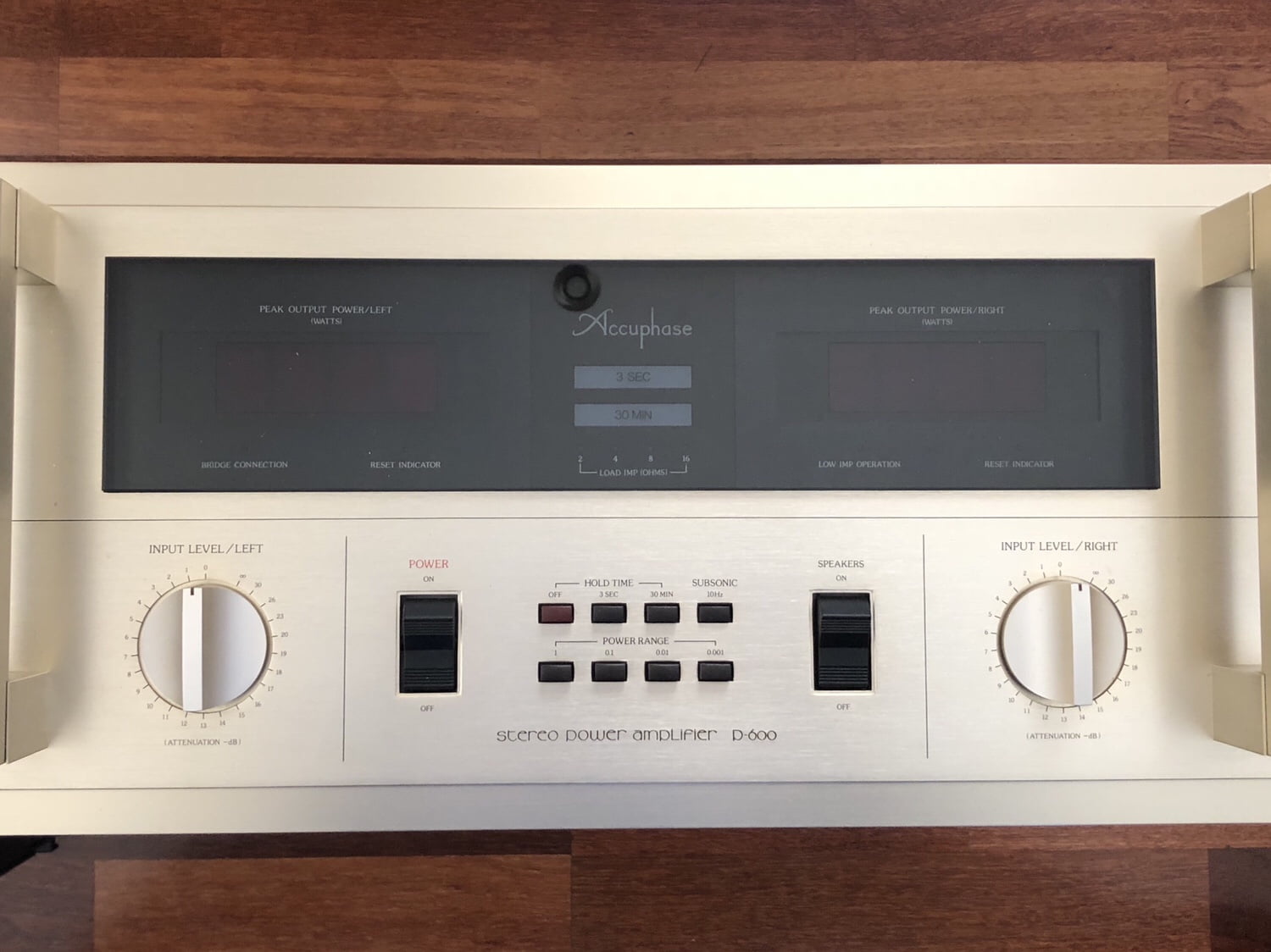
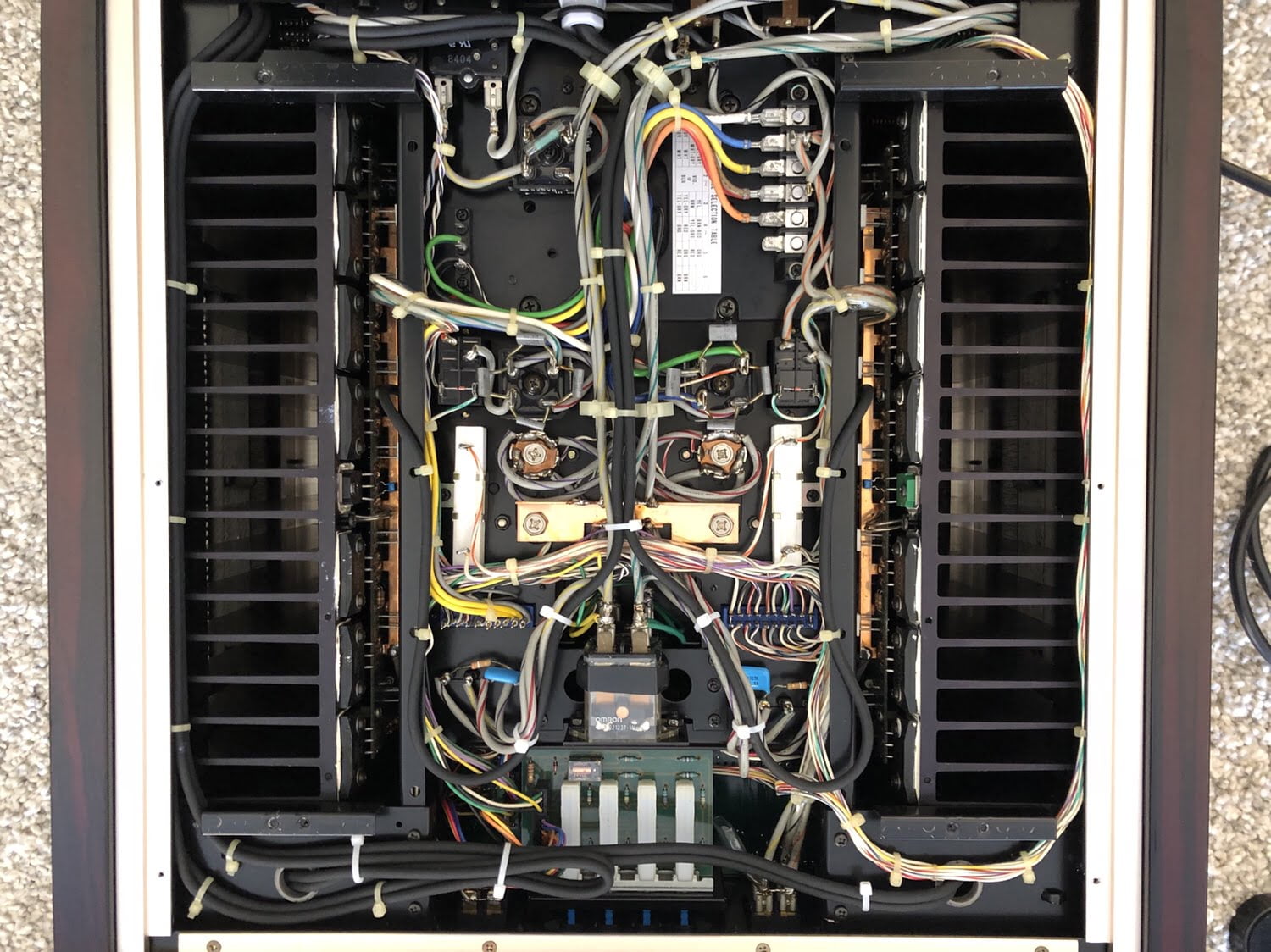
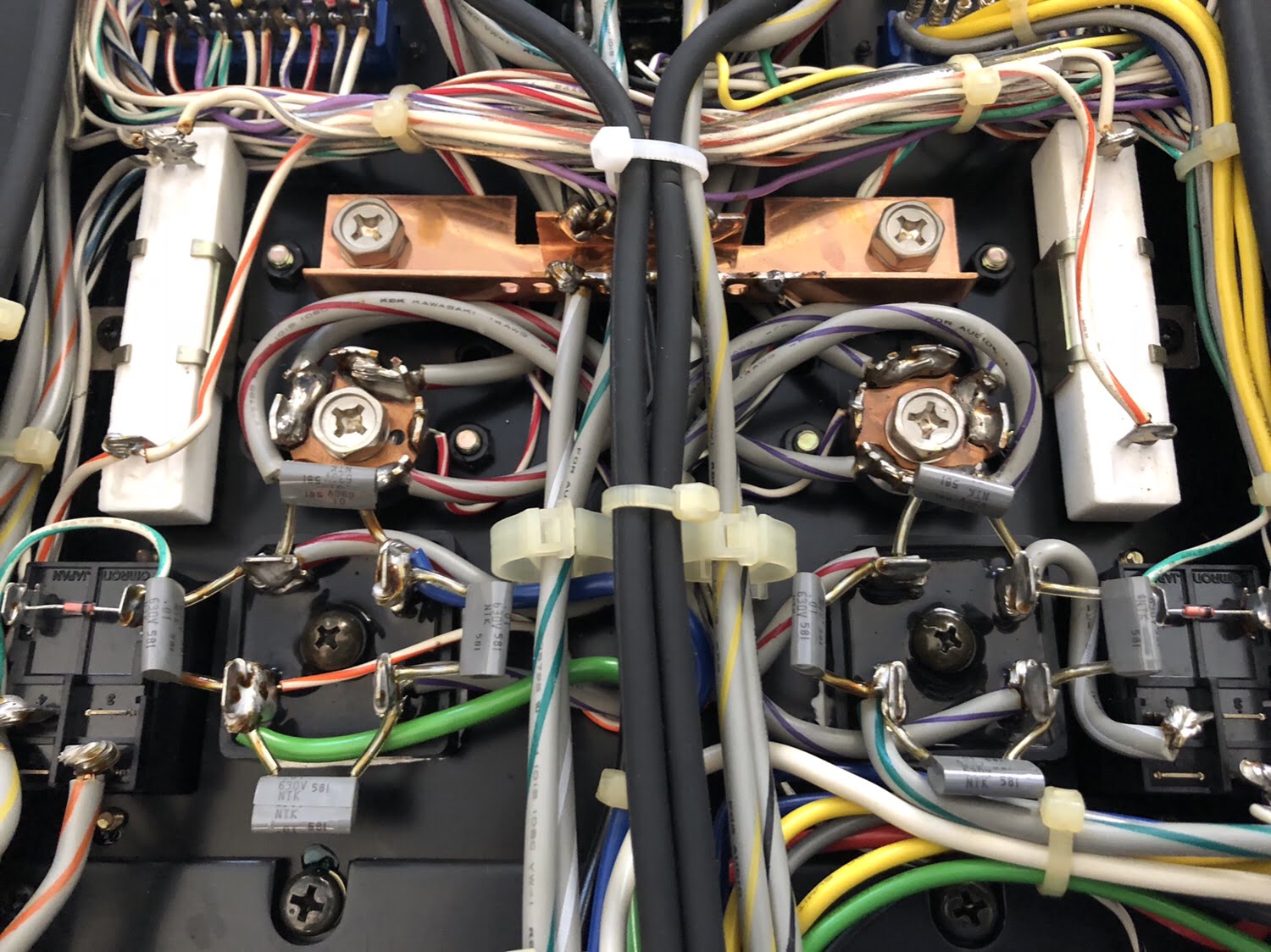
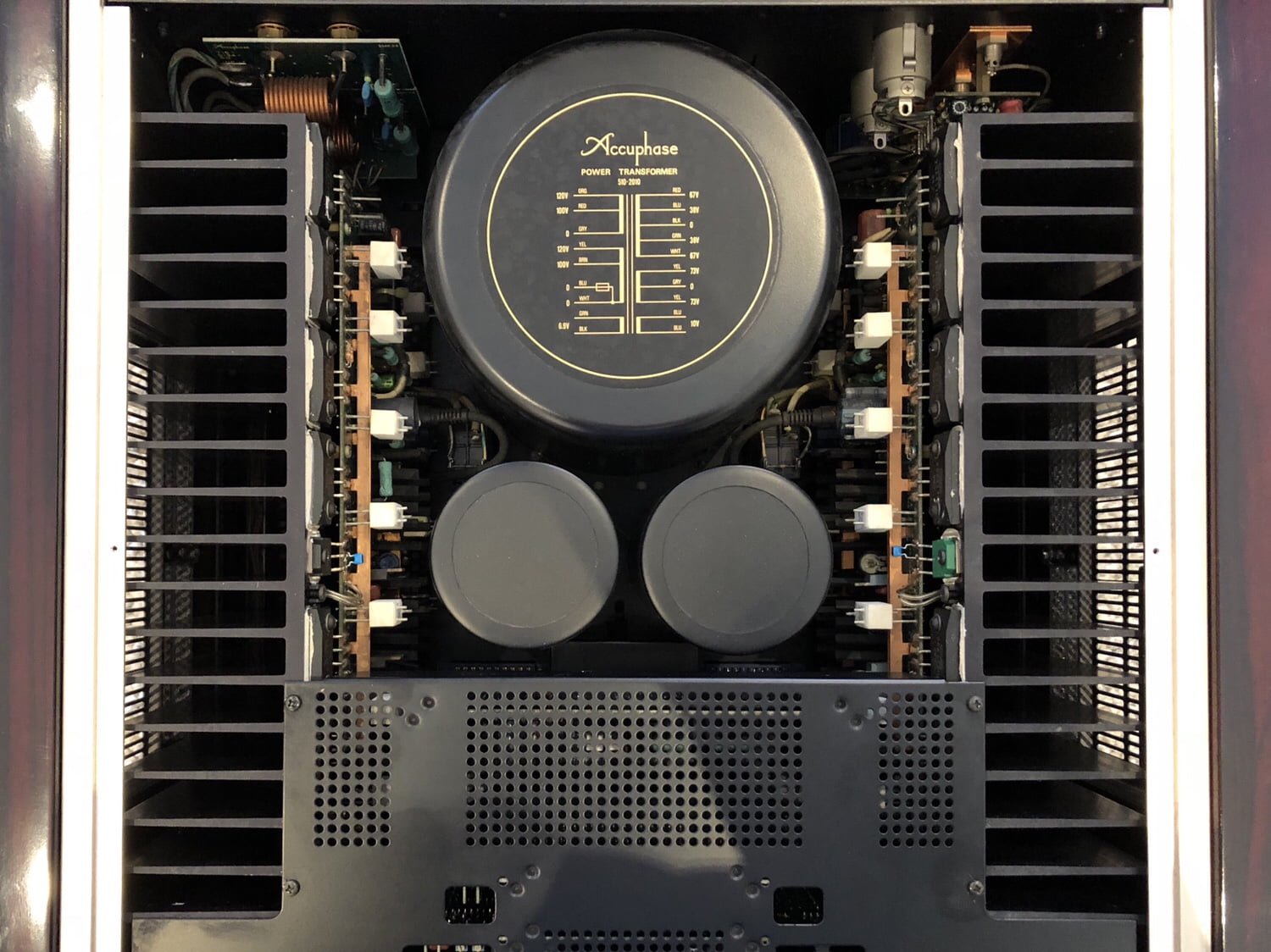
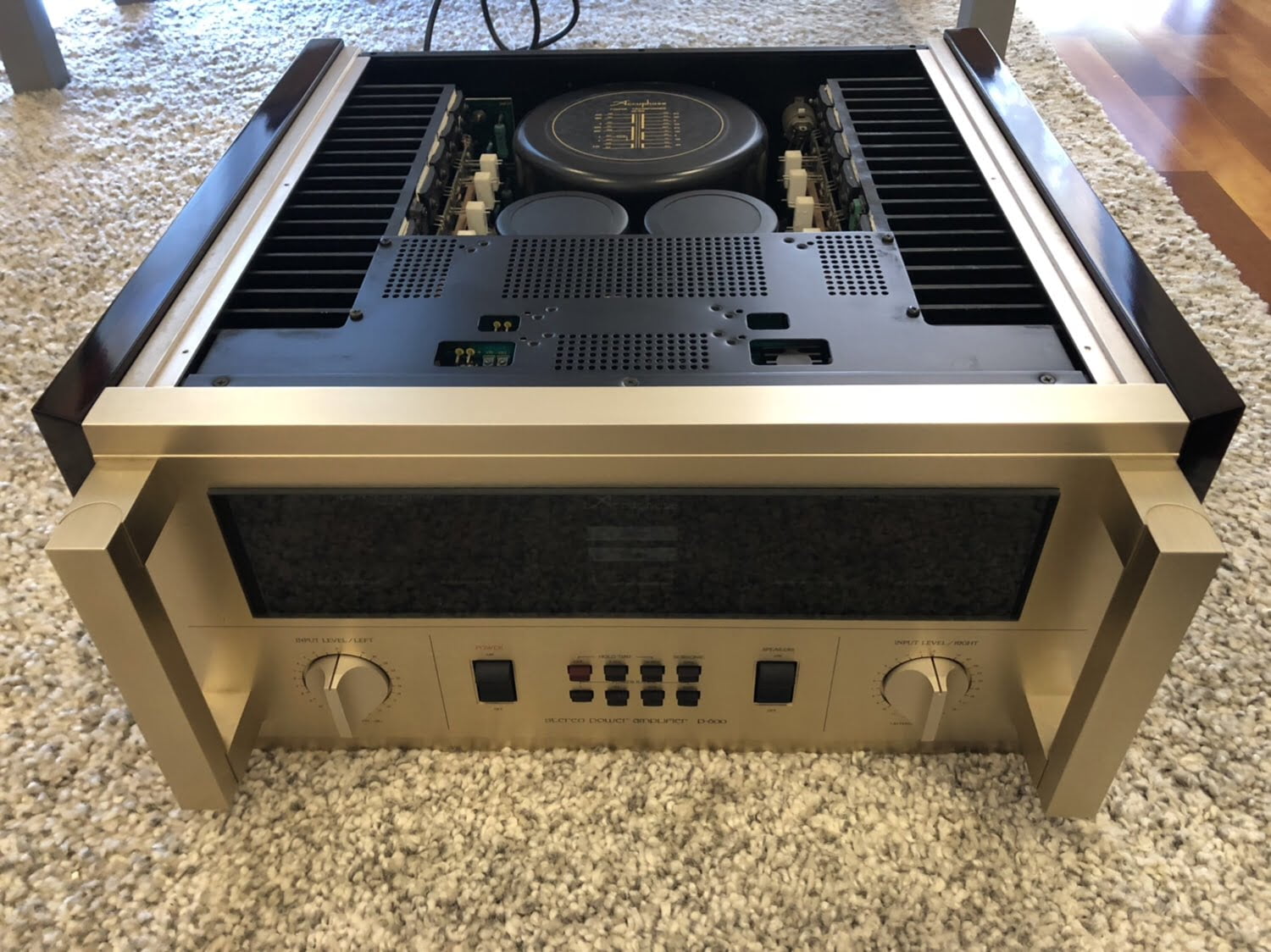
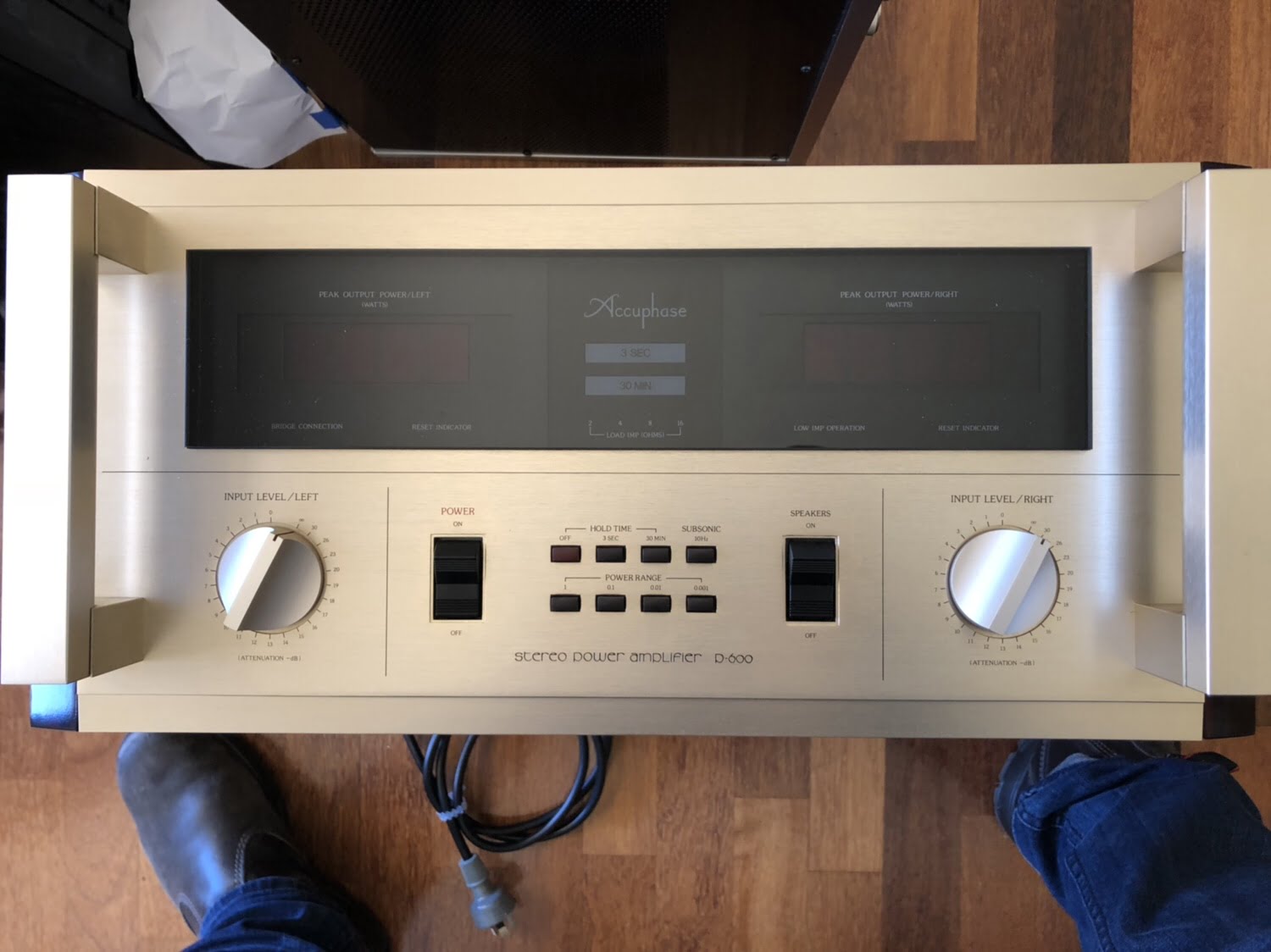
Discover more from LiQUiD AUDiO
Subscribe to get the latest posts sent to your email.

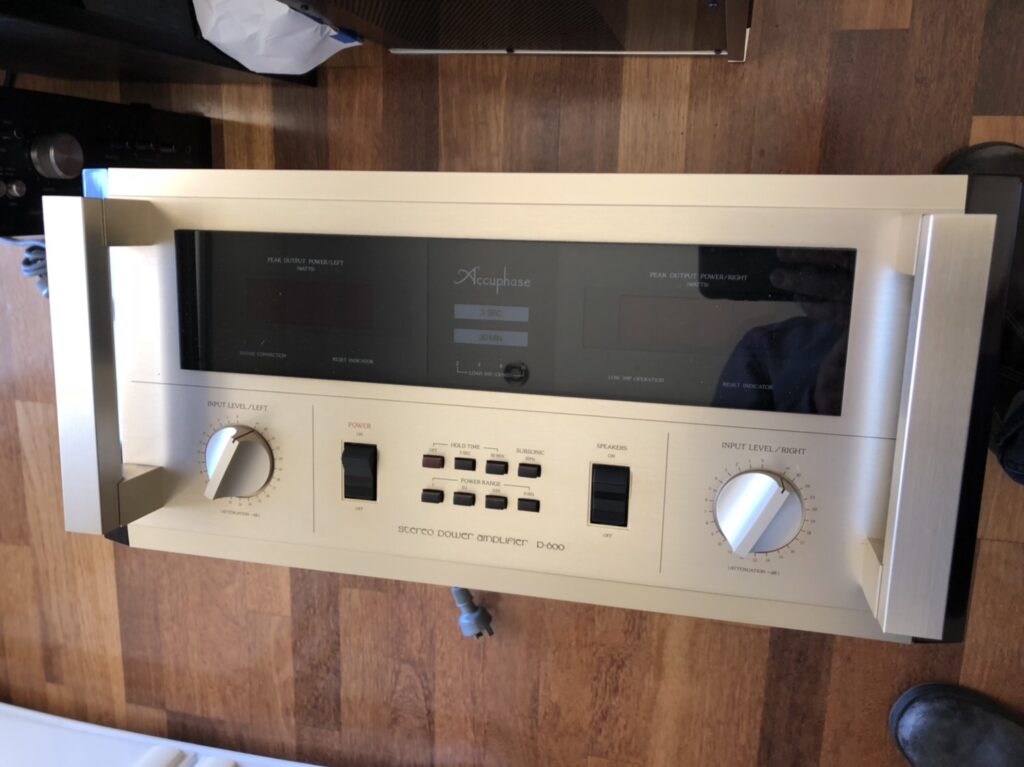

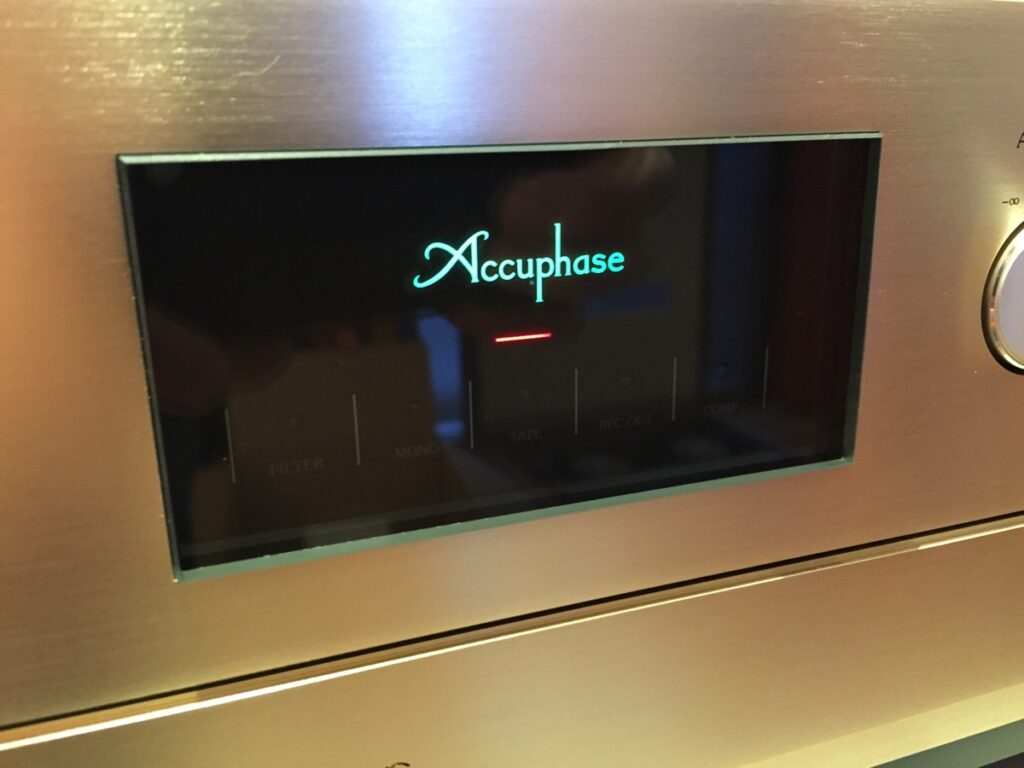
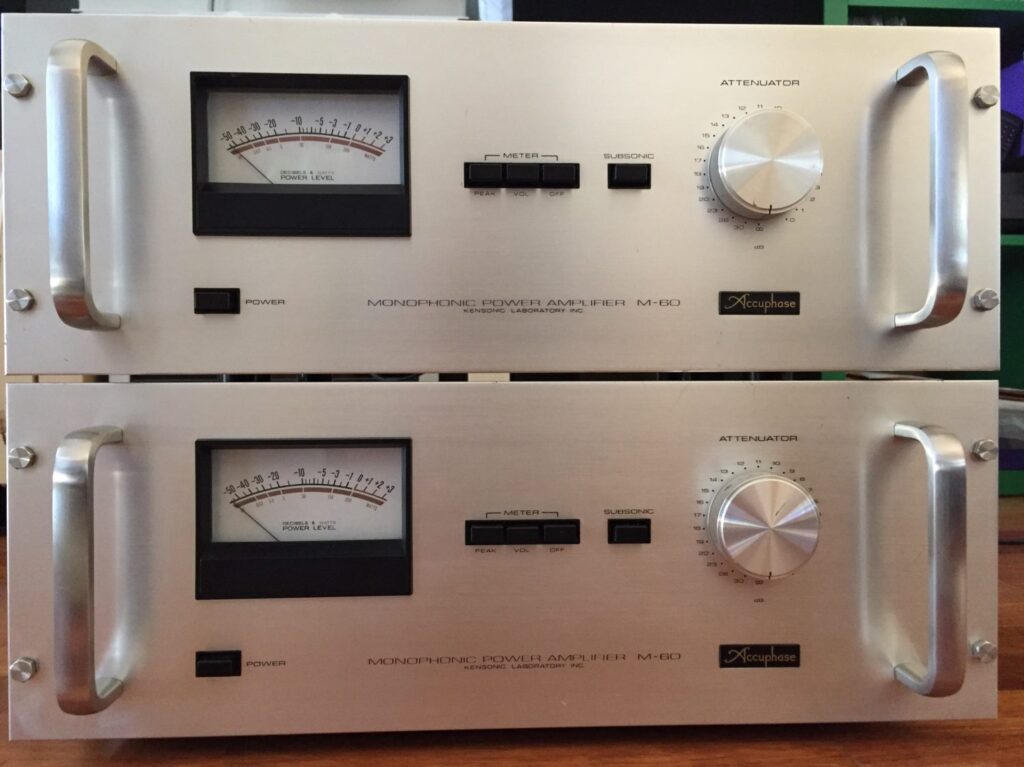
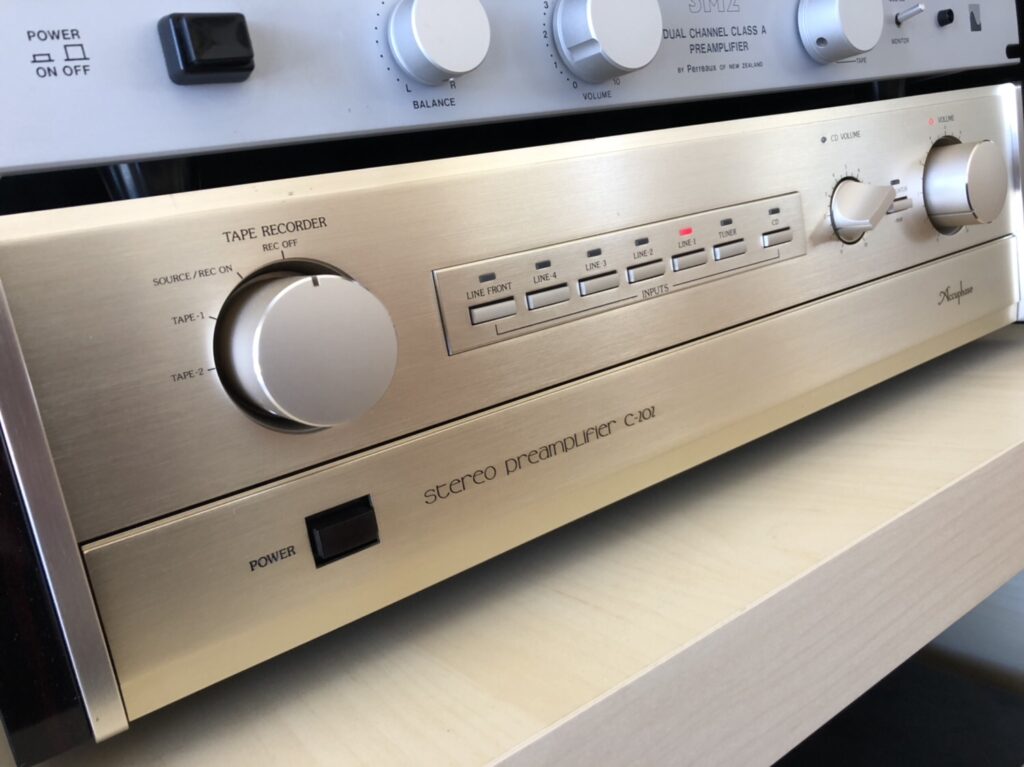

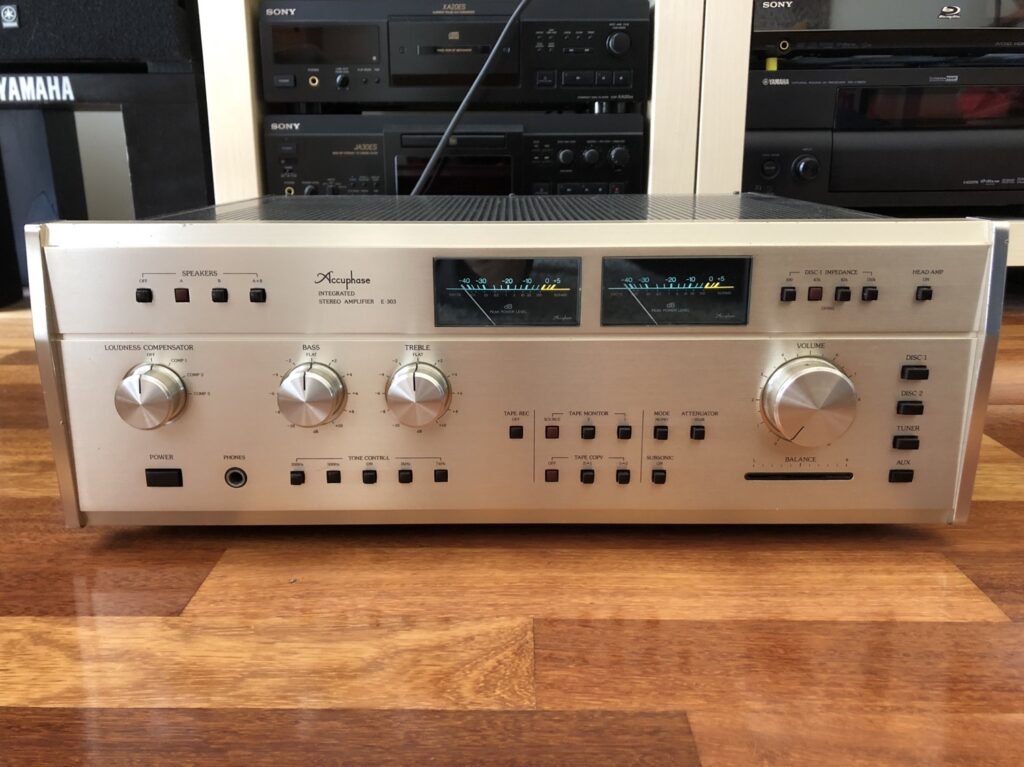
Hey Mike, yes these were absolutely wonderful machines. On the M100’s…I had the privilege of listening to a pair of M100’s driving Gale GS401’s with a LP12, FR12 tonearm and a FR7 cartridge many years ago in a hifi shop in Freo. Geez the hair on my arms stayed up for a week ….I couldnt afford the amps or the gales, but i still have that same LP12 and tonearm to this day…just couldnt leave the store emptied handed after that experience.
Cheers
Mal
Hi Mal, agreed, I also had a pair of M-100’s at my place a few years ago on audition. I was comparing them to my Krell KSA-150, they were beautiful, airy sounding amps. The Krell had a little more oomph though. Glad to hear the LP12 is still going strong! Have you made any progress on the phono pre front?
Sorry but anyone can do this voltage conversion in less than 5 minutes, it’s ridiculous you’re charging for this
Hi Chad
I always appreciate people taking the time to comment, except when they are ill-informed and their motivations are questionable. This comment is one of the silliest I’ve read in a long time and illustrates why so much beautiful hi-fi gear is damaged or destroyed by people who shouldn’t be touching it.
This unit was imported from Japan and needed a voltage conversion, new mains plug, operational testing and an expert inspection and condition report. Just removing all the covers took longer than 5 minutes! This is a rare and expensive amplifier, my customer is non-technical and wasn’t keen to fiddle inside his newly-purchased amplifier, with the risks this entails. He also doesn’t own the 1kW variac, multimeters, other test gear and service manual needed verify this amp is working correctly, nor does he have the experience to be able to inspect it and comment usefully on its condition. Seriously, it’s worth just thinking for a minute before posting a comment like this.
Suggesting the average equipment owner should attempt work like this is ridiculous. In terms of an inspection, the average owner cannot offer anything of value either. Customers bring equipment like this here because are sensible and understand these points. They don’t want to risk destroying something they’ve just spent thousands on to save a hundred bucks! My work on this amp took over an hour and, whilst I don’t work for free, this customer had peace of mind knowing that his equipment arrived safely and worked as described.
Although it’s fair to say that a real check-up for such an expensive amp will need some time and resources, but despite all the words you needed to make that clear to the contributing fellow Chad, you did not address his statement that a voltage conversion only takes five minutes with this amp especially when there’s a rather user friendly provision for it. My Rowland 7 amp can also easily be converted on the toroid by just relocating a wire from one terminal to another which will cost 10 minutes in total because there’s two of them.
If you don’t want any criticism on your work Mike you should give your readers not any opportunity to fill in these entryfields. The amount of words you need to brush off this fellow Chad indicates to me that he’s right about the time for the conversion on this P600.
Cheers mate
Hi Robert, I addressed everything and at length because it demonstrates such a profound misunderstanding of the nature of the work involved at this level. It’s also a great learning opportunity for those following along. I welcome constructive criticism, but it has to come from those qualified to offer it, constructive criticism doesn’t include the ramblings of armchair experts who just reckon they know better! If I’m so anti-criticsm, why do you think I published the first comment and now yours, when I could have just deleted them..? If you’re open to learning, ask questions, become better informed, that’s a nice way to approach things I think.
Let it go Mike, there’s no pleasing these people mate. If they want to blow themselves up or risk munting their kit let them at it.
Cheers
Mal
Absolutely agreed, Mal.
Hi Mike
I have an Accuphase P-600 driving my JBL Summits. The sound is fantastic, but I want to get our local hifi repair guru to overhaul it so it lasts the rest of my life. Do you know where I can get the service manual and schematic for this amp? I am also looking for one for the P-250.
Thanks a million from Sedona, Arizona in USA!
Chris
Hi Chris, love Arizona by the way! I get service data via official Accuphase sources where the products are legitimate Australian delivered ones. I am not at liberty to share service data as that would jeopardize my relationship with Accuphase (and other manufacturers) but I would suggest your technician approach Accuphase USA, if these are USA delivered units. They should be able to assist. If they are not USA delivered, it becomes more of a problem and you’ll need to keep searching online, though many of these manuals are literally unobtainable outside official channels.
A little knowledge is a dangerous thing. I’ve seen many an amp ruined by yahoos. And some of these yahoos work in authorised service centres . I can buy a multimeter , but I can’t buy 30 years of experience .
Very true William, this is something I try to get across with this website and my work, thanks for visiting!